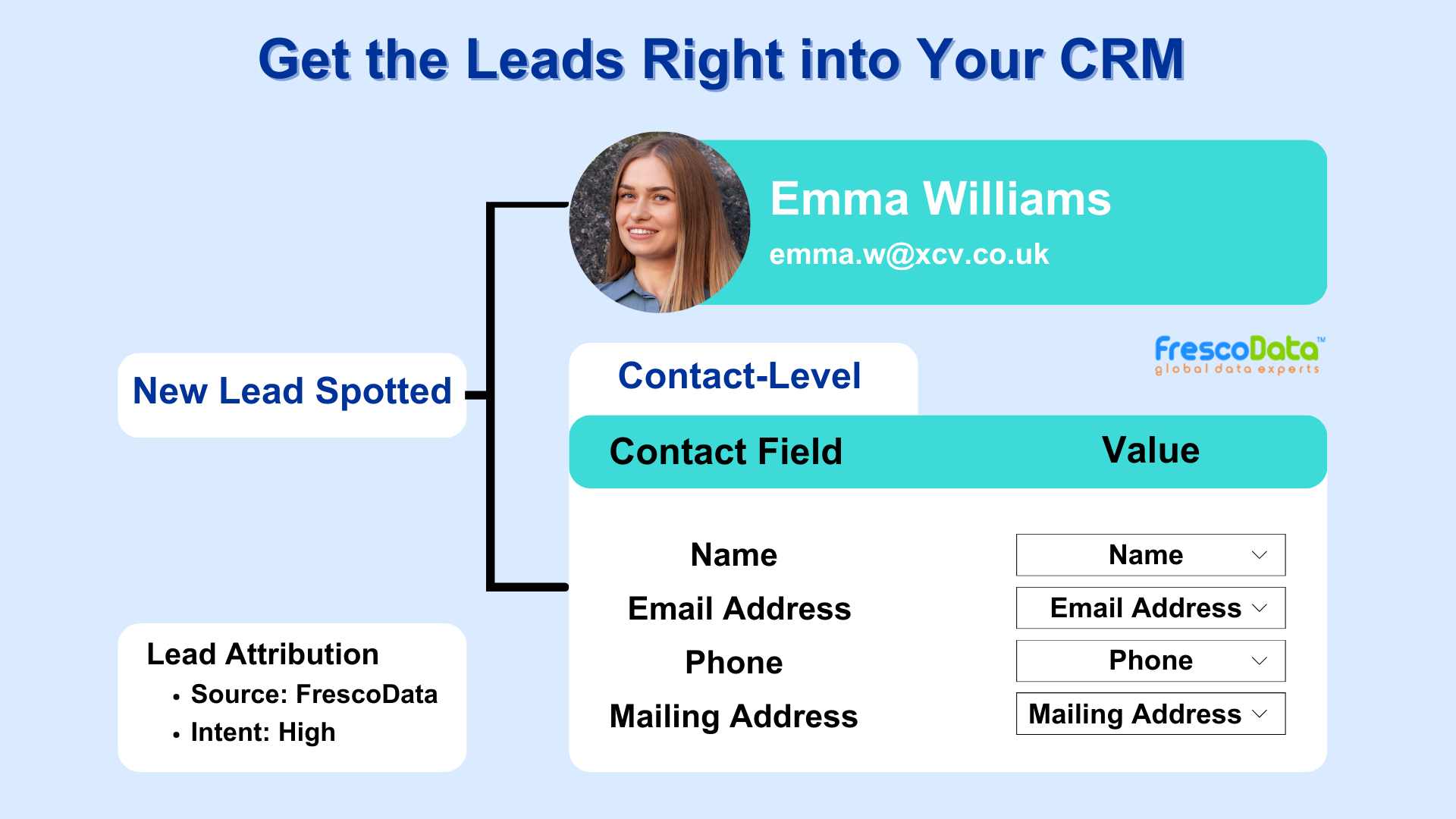-
Definition
-
Key Characteristics
-
In-Store Events and Activities
-
Interactive Displays and Technology
-
Sensory Elements
-
Brand Storytelling
-
Pop-Up Shops
-
Product Demonstrations
-
Customization and Personalization
-
Social Media Integration
-
Innovative Store Design
-
Collaborations and Partnerships
-
Examples
-
Apple Stores
-
Nike House of Innovation
-
LEGO Stores
-
Samsung 837
-
Warby Parker
-
Lush
-
REI
-
Adidas NYC Flagship
-
Sephora
-
Starbucks Reserve Roastery
-
Benefits
-
Customer Engagement
-
Brand Loyalty
-
Differentiation
-
Word-of-Mouth Marketing
-
Increased Dwell Time
-
Brand Awareness
-
Data Collection
-
Adaptability to Changing Consumer Behavior
What is Experiential Retail?
Experiential retail refers to a retail strategy that prioritizes creating immersive and engaging experiences for customers within the physical retail environment. Unlike traditional retail models focused solely on product transactions, experiential retail places emphasis on providing memorable and interactive experiences that go beyond the act of purchasing. The goal is to connect with customers on a deeper level, foster emotional engagement, and differentiate the brand by offering unique, enjoyable, and memorable moments during the shopping journey.
Key Characteristics of Experiential Retail

In-Store Events and Activities
Experiential retail often involves hosting events, workshops, demonstrations, or other activities within the physical store to engage customers and create a sense of community.
Interactive Displays and Technology
Incorporating interactive displays, augmented reality (AR), virtual reality (VR), or other cutting-edge technologies to enhance the shopping experience and encourage customer interaction.
Sensory Elements
Engaging multiple senses through sensory elements like music, scents, and tactile experiences to create a more immersive and enjoyable atmosphere.
Brand Storytelling
Communicating the brand’s story, values, and mission through visual storytelling, displays, and interactive narratives within the store environment.
Pop-Up Shops
Utilizing pop-up shops or temporary installations to introduce new products, collaborations, or themed experiences, creating a sense of urgency and exclusivity.
Product Demonstrations
Offering live product demonstrations, allowing customers to experience and interact with products before making a purchase decision.
Customization and Personalization
Providing opportunities for customers to customize or personalize products, fostering a sense of ownership and uniqueness.
Social Media Integration
Creating shareable and Instagram-worthy moments within the store, encouraging customers to share their experiences on social media, amplifying the brand’s reach.
Innovative Store Design
Implementing innovative and aesthetically pleasing store designs that contribute to the overall ambiance and appeal of the retail space.
Collaborations and Partnerships
Collaborating with other brands, artists, or influencers to bring exclusive and unique experiences to the store, attracting diverse customer segments.
Examples of Experiential Retail
Here are examples of experiential retail that showcase how brands have incorporated immersive and engaging elements into their physical store environments:
Apple Stores
Apple’s retail stores are known for their experiential approach. Customers can interact with a wide range of Apple products, attend workshops and training sessions, and experience the latest technologies in a sleek and inviting environment.
Nike House of Innovation
Nike’s House of Innovation stores, such as the flagship in New York City, offer interactive experiences like the Nike Speed Shop, where customers can customize and purchase products using the Nike app. The store design incorporates digital elements and changing displays.
LEGO Stores
LEGO stores provide interactive play areas where children and adults can engage in hands-on building activities. The stores often feature life-sized LEGO sculptures, and customers can create customized LEGO figures at the Build-A-Minifigure station.
Samsung 837
Samsung’s flagship experience center, Samsung 837 in New York City, offers a blend of technology, art, and culture. Visitors can explore the latest Samsung products, participate in interactive workshops, and enjoy virtual reality experiences.
Warby Parker
Eyewear retailer Warby Parker has created a unique shopping experience in its stores. Customers can try on glasses at their leisure, receive assistance from knowledgeable staff, and even enjoy a photo booth to share their potential eyewear looks on social media.
Lush
Lush, the cosmetics retailer, is known for its sensory-focused approach. Stores feature colorful and fragrant displays, and customers can sample products, attend skincare consultations, and even watch live demonstrations of how products are made in-store.
REI (Recreational Equipment, Inc.)
Outdoor retailer REI incorporates experiential elements by creating indoor climbing walls, camping setups, and bike testing areas within their stores. These features allow customers to test products in real-world scenarios.
Adidas NYC Flagship
Adidas’ flagship store in New York City offers a futuristic shopping experience. Customers can design and personalize their sneakers, explore the Adidas archive, and even take part in fitness classes and workshops.
Sephora
Sephora’s Beauty TIP (Teach, Inspire, Play) Workshop stores feature beauty classes, makeup application services, and interactive beauty stations where customers can experiment with products before making a purchase.
Starbucks Reserve Roastery
Starbucks has created immersive coffee destinations called Reserve Roasteries. These locations offer a premium coffee experience with on-site roasting, unique beverage options, and bakery items. Visitors can also learn about the coffee-making process.
Benefits of Experiential Retail
Customer Engagement
Enhances customer engagement by providing memorable and enjoyable experiences that extend beyond the traditional shopping transaction.
Brand Loyalty
Builds strong emotional connections with customers, fostering brand loyalty and encouraging repeat business.
Differentiation
Sets the brand apart from competitors by offering a unique and immersive retail environment that goes beyond conventional product displays.
Word-of-Mouth Marketing
Generates positive word-of-mouth marketing as customers share their enjoyable experiences with friends and followers on social media.
Increased Dwell Time
Encourages customers to spend more time in the store, exploring and participating in various activities, leading to increased opportunities for sales.
Brand Awareness
Creates buzz and increases brand awareness, especially when experiential elements are shareable and attract attention on social media.
Data Collection
Provides opportunities for collecting valuable customer data and insights through interactions, preferences, and participation in events.
Adaptability to Changing Consumer Behavior
Aligns with the preferences of modern consumers who seek memorable and meaningful experiences in addition to product purchases.
Stay Updated
Recent Blogs

3 Reasons to Buy Email List
Are you hesitant to buy email list for your business? Some would say buying an email list ...
November 18, 2024
Sales Follow-up Email After No Response!
70% of sales reps don’t follow up with prospects after no response. (Source) Are you...
September 2, 2024
5 CTV Advertising Tips to Get The Most Out of It
Connected TV has opened up many interesting opportunities for advertisers, allowing them t...
August 27, 2024